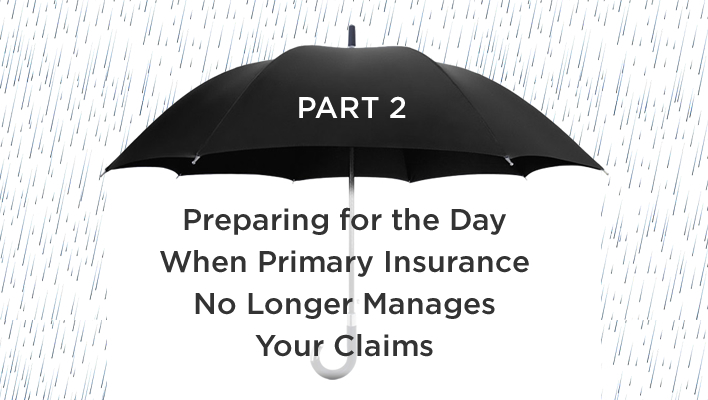

As discussed in our Preview of this series, it is common and often beneficial to have your primary insurance handle your liability claims management. Part 1 of this series detailed what primary insurers do well, but also how their goals may differ from yours, as well as some key information that may be missing. Now, we look at how to begin getting a better handle on your claims and trends to prepare for the day when the insurer relinquishes control to you.
A good way to start is by opening a dialogue with your lead primary insurer, as well as with your National Coordinating Counsel. You should make sure that you and National Coordinating Counsel agree to and understand the impact of claims management strategies so that once the insurer is out of the picture, you and NCC are on the same page and can flawlessly continue management of the defense.
There are many topics you will want to discuss with NCC and the insurer to make sure you understand what the current practices are:
Understanding when and how the decision to settle cases is made is crucial to understanding your claim trends and projecting future costs. Here are questions to ask:
Find out how claim files are tracked – whether in Excel, a database of some kind, or in some other manner. It is also critical to learn what claim information and documentation is currently collected and maintained, and whether you will have access to it once the insurer is exhausted. Knowing what data you have sheds light on the type of trends and statistics you will be able to report or track.
The lead insurer is generally the party responsible for facilitating the review, adjustment, and payment of invoices from your local counsel network. How are adjustments made? What types of costs and activities are covered? How are payments tracked? Knowing these answers will mitigate the risk of changes in your defense costs once the lead insurance is out of the picture. Also, having a handle on how much is spent on defense each year will be helpful in projecting future liability costs and their impact on your future insurance and bottom line.
Understanding both the data you have available, as well as the current strategies for indemnity and defense costs, will greatly help you to understand your claims and trends and prepare for the future.
In Part 3 of this series, we will go into greater detail regarding the importance of documentation and tracking what your primary insurer is paying.
Can you think of other topics that should be covered with your Primary Insurer and NCC? Have you ever gone through this process? If so, what has been your experience?
Never miss a post. Get Risky Business tips and insights delivered right to your inbox.